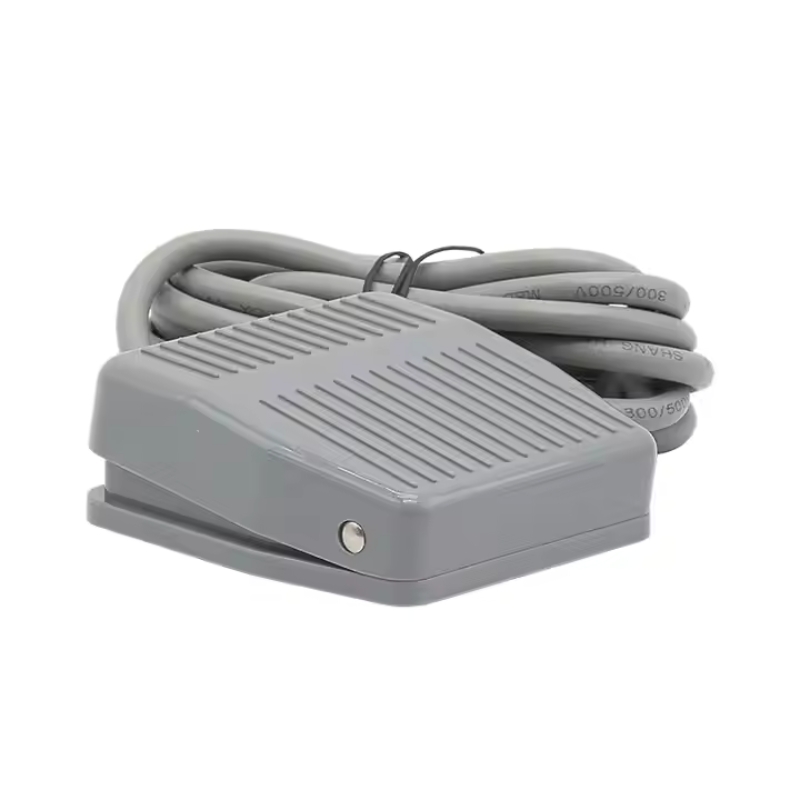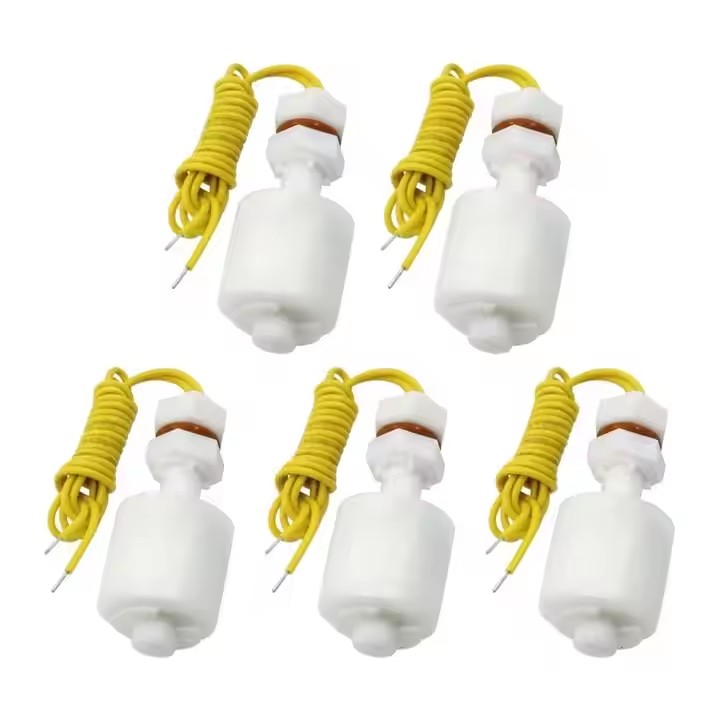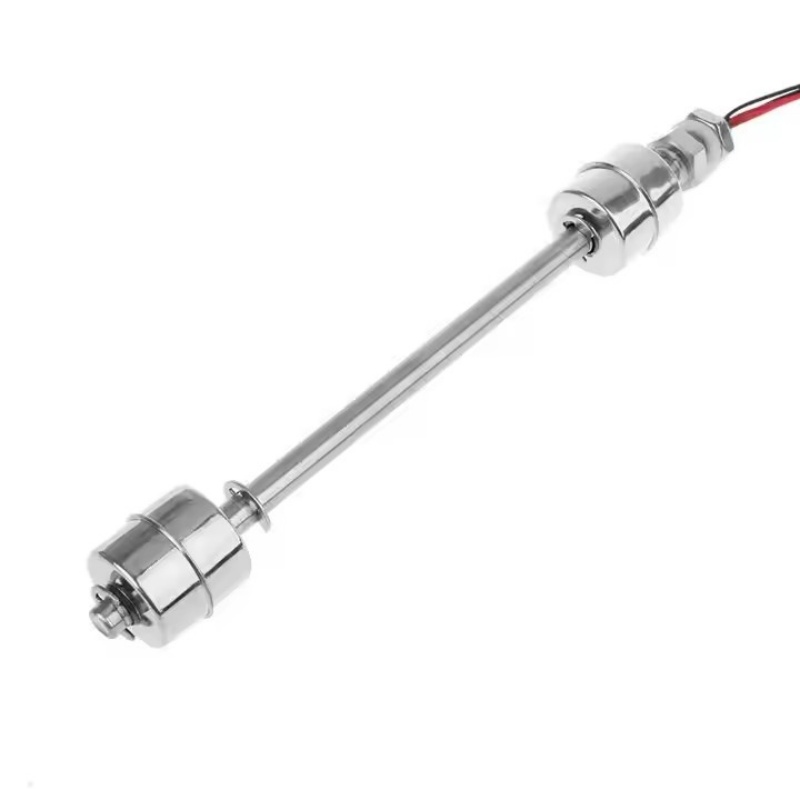Foot switches, often overlooked in the realm of industrial and medical equipment, are marvels of ergonomic and electrical engineering. These hands-free control devices serve as silent operators in environments where precision and safety are paramount. Understanding their design and functionality reveals why they are indispensable in modern workflows.
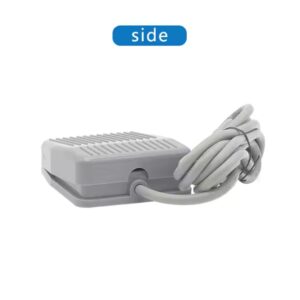
At their core, foot switches are composed of a robust housing, typically made from materials like stainless steel, industrial-grade plastic, or rubber. The choice of material depends on the application—stainless steel is preferred in medical settings for its sterilizability, while rubber-coated pedals dominate manufacturing floors for their anti-slip properties. Inside the housing lies a network of electrical contacts, springs, and actuators. These components work in harmony to convert mechanical pressure into electrical signals. For instance, a momentary foot switch completes a circuit only when pressure is applied, ideal for tasks requiring temporary activation, such as controlling a drill press. In contrast, latching switches maintain their state until pressed again, useful for toggling equipment on/off without constant pressure.
Ergonomics play a pivotal role in foot switch design. Prolonged use in industries like automotive assembly or healthcare demands pedals that reduce fatigue. Modern designs feature adjustable resistance settings, allowing users to customize the force required for activation. Rocker-style pedals, which pivot on a central axis, distribute pressure evenly across the foot, while flat pedals offer a larger surface area for stability. Some models even incorporate memory foam padding to cushion the foot during 12-hour shifts.
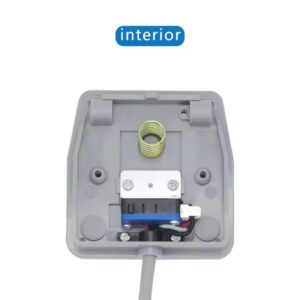
Electrical specifications are equally critical. Industrial foot switches often handle high current loads (up to 15A) and are rated for 250V AC, ensuring compatibility with heavy machinery. Waterproof models with IP67 ratings thrive in wet environments like food processing plants. Meanwhile, medical-grade foot switches prioritize low-voltage operation to meet safety standards in operating rooms. In essence, foot switches are a blend of mechanical durability and user-centric design. Their ability to adapt to diverse environments—from sterile hospitals to gritty factories—underscores their versatility. As industries evolve, so too will the engineering behind these unassuming yet vital devices.

